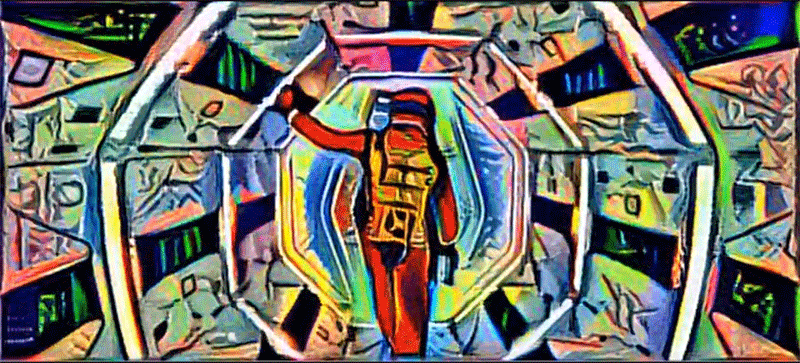In a climate where people hate spoilers, and are so protective of not having their experience of something ruined by them, it always surprises me how desperate some people are to get information about a film before its released. And of all the movie franchise, the biggest victim of this desperate hunt for spoilers has to be the Star Wars movies. A quick google for Star Wars spoilers returns 15,500,000 results, showing how hungry people are for some nugget of information on the upcoming Force Awakens movie that will, ultimately, diminish the experience that they have upon seeing the final product.
At the same time, movie promoters are often criticized for ruining films by showing too much. From a business perspective, this does make sense - in a bid to secure audiences for $200 million movies, the studios often put out trailers which show most of the highlights of a film ina bid to drum up excitement. With budgets this large it is certainly necessary to build the excitement, and very often the technique works. But it can leave the experience of watching the whole film unsatisfying, as dramatic reveals and epic finales lose the surprise effect that the filmmaker had been building towards.
Which is why it is both surprising and very satisfying to see that the executives at Disney/Lucasfilm have decided to put out a Star Wars: Episode VII trailer at Comic-Con, which manages to build excitement while revealing nothing of the film itself. Instead, they have chosen to show glimpses of sets and costumes, intercut with interviews from the people who work on the film, discussing how excited they are to be a part of the project. I think I'm more excited by this trailer than I would have been by an epic trailer which gave away previously unknown information, and at the same time my experience of the film has not been diminished by this trailer. Indeed, if anything it has been enhanced as it shows the passion that has been poured into the film, which will be visible on the screen.
I think that this is a masterclass in film promotion, and one that other film promoters (I'm looking at you Terminator: Genisys) would do well to learn from.





































































